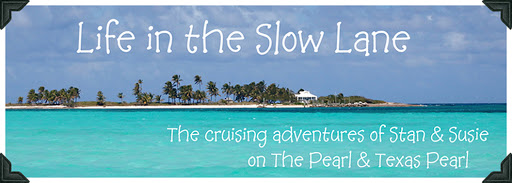The fall colors are taking over in upstate New York and Pennsylvania. It truly is a beautiful time of year. Our trees in Texas change color, but we don't get the colors you find further north. Do you know why? Here is an explanation...Although temperature and rainfall influence the colors, the onset of longer nights is the most important factor in leaf color change. The daylight hours in the south stay more consistent so we have less color.
Chlorophyll, the pigment that gives plants their green color, is necessary for photosynthesizing light and creating sugars that feed the plant. Carotenoids assist in photosynthesis and are responsible for the oranges and yellows color. Anthocyanins, acts as a protective “sunscreen” for leaves; they produce the red colors we see in leaves. Anthocyanins are produced only during the fall when chlorophyll levels start to drop.
During the growing season, chlorophyll takes center stage as it's repeatedly produced and broken down again, making the leaves appear green. As the days become shorter, there is less available sunlight for photosynthesis. This slows chlorophyll production until none remains. The carotenoids and the anthocyanins are then left allowing the leaves to bare their brilliant colors.
Temperature and moisture are the main drivers of the amount and brilliance of the colors. Warm, sunny days with cool (but not freezing) nights allow for lots of sugars to be produced during the day, which are then trapped in the leaves as the cool nights close the leaves’ veins. This extra sugar leads to the production of more anthocyanins, boosting the reds, crimsons and purples in the leaves.
In most parts of the temperate world, 15% of tree species will turn yellow and only 10% will turn red. In certain regions, however, like New England, 30% of the woody species will turn yellow and an incredible 70% will turn red. You’ll find some of the most brilliant color changes in trees such as maple, dogwood, sumac, oak, poplars, birch and elm.
My friend Julia took this picture of the marina right after we left...thanks for the wonderful picture.
These pictures were taken by a local photographer in upstate New York. His name is John Kucko. Just out his Facebook page.
Fall isn't all about the foliage...there are plenty of pumpkins, Indian corn, mums and gourds too.






























